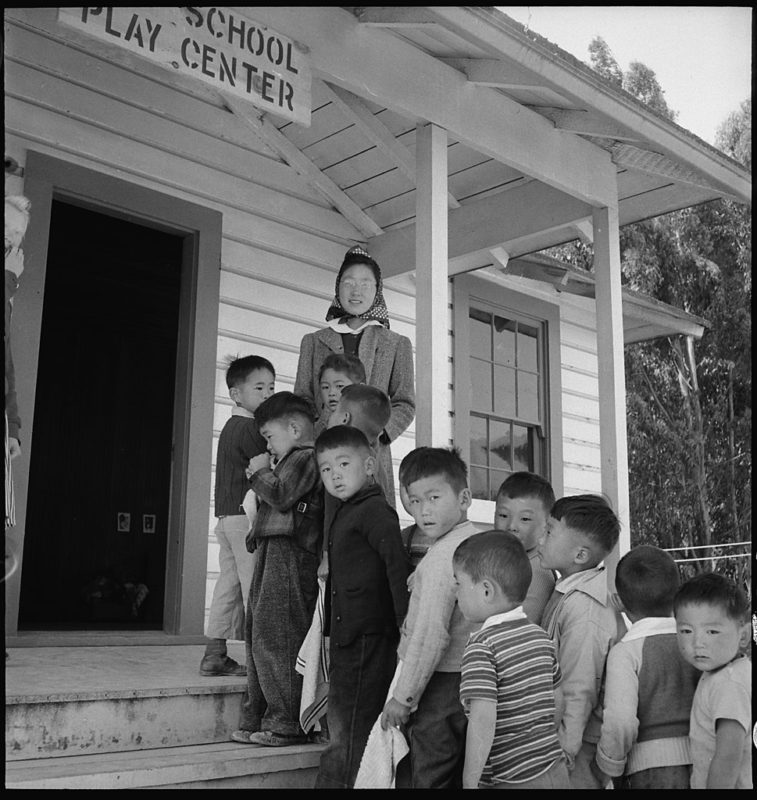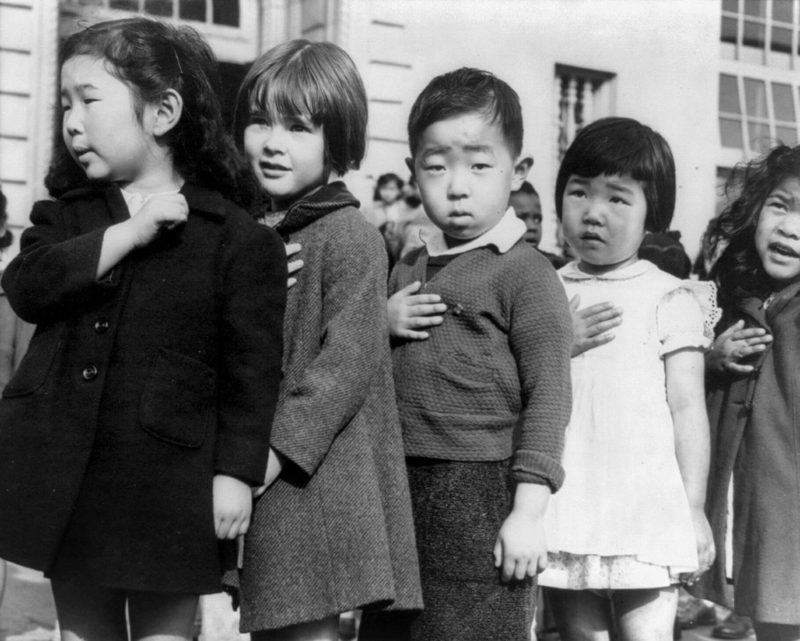Dorothea Lange, a Depression-Era Photographer Who Changed Lives

Dorothea Lange, a pioneering photographer of the Great Depression era, is rightfully credited with engraving the memories of the horrific injustice people faced during that period of US history into the collective mind. When hunger, sickness, and poverty were omnipresent in the country, she used her power, connections, and immense talent to tell stories of those who desperately needed help. Not only were her photographs emotionally evocative, but they also made changes in the world. While the authorities often disapproved of what she stood for, the photographer persisted and never backed down from her mission.
Dorothea Lange, a Depression-Era Photographer Who Changed Lives
Migrant Mother
With her husband, economist Paul Schuster Taylor, Dorothea Lange traveled the US while documenting the lives of sharecroppers and migrant workers living in horrible conditions. When she worked for the Resettlement Administration and Farm Security Administration, she captured her iconic image, which is now arguably the most well-known Great Depression-era photograph. Titled Migrant Mother, an emotional portrait of a woman and two children who lived in a “pea-pickers camp” in Nipomo, California, became one of the most reproduced images in the world. After the photograph was published in 1936, the government was forced to send aid to the camp.
Japanese American Internment
As the US entered the Second World War, Lange went to the West Coast to document the forced evacuation of Japanese Americans, which occurred right after the Pearl Harbor attack, and their incarceration. Her photographs captured the humanity of the group of people who were highly demonized and ostracized by the government and media outlets. The anxiety, fear, and uncertainty of the situation contrasted with the depictions of the evacuated Japanese Americans, who continued to present themselves with dignity and self-respect even when being forcefully removed from their homes. Later, some of Lange’s images documenting the event were confiscated by the authorities. The photos of the Japanese-American internment only saw light after the war was over.
While Lange’s photography received an overwhelming response, both from supporters and those who disagreed with her philosophy, she never stopped staying true to herself. The stories of mistreated and marginalized people were brought to light thanks to her dedication to documenting the excruciatingly painful reality and her bravery. Dorothea Lange will forever remain one of the most influential photographers in the world’s history.


